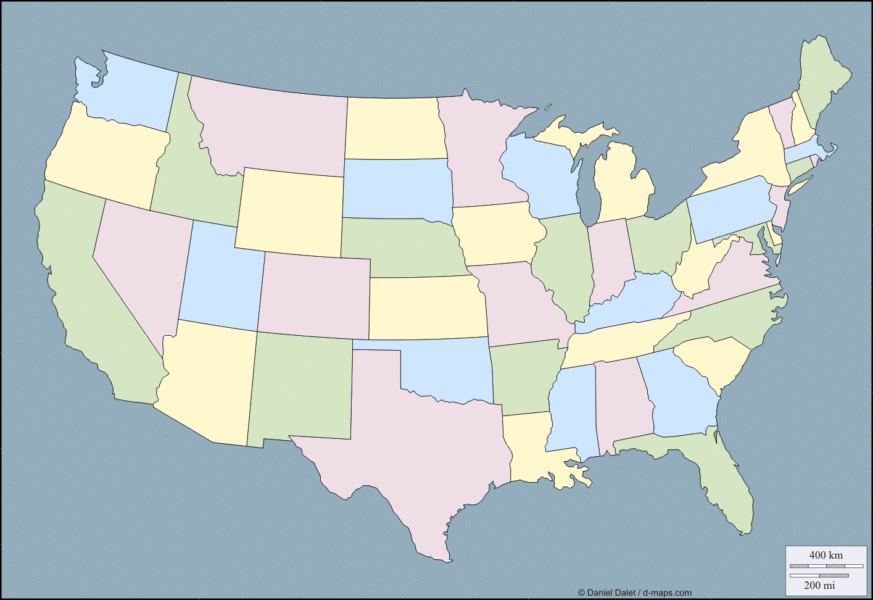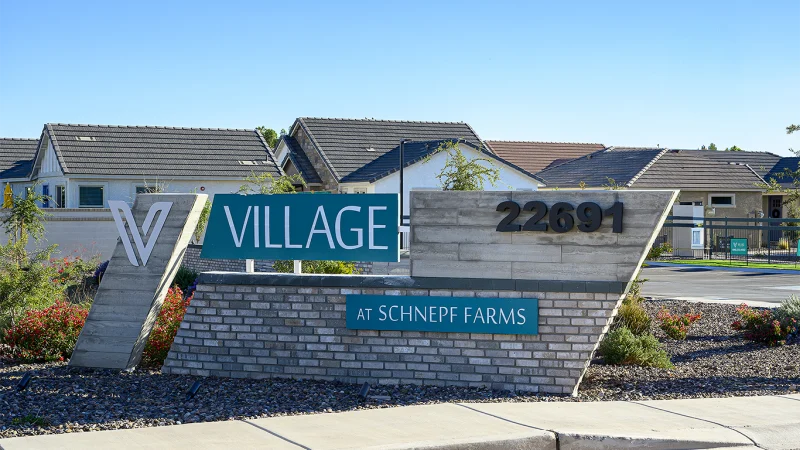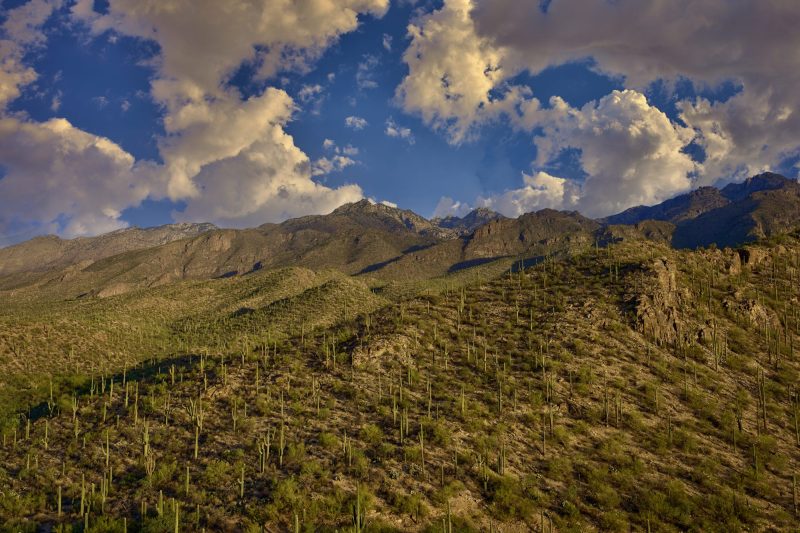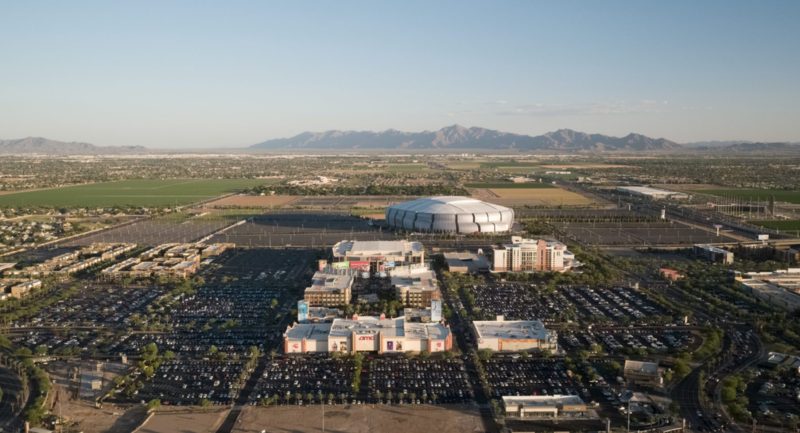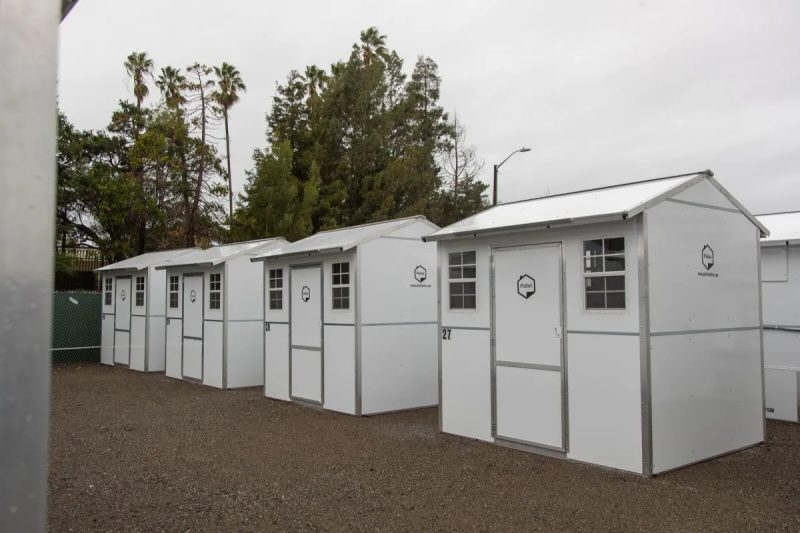By Zach Levitt and Jess Eng | The Washington Post
Between 2001 and 2019, the built-up landscape of America — buildings, roads and other structures — has expanded into previously undeveloped areas, adding more than 14,000 square miles of new development across the contiguous United States — an area over five times the size of Delaware.
A Washington Post analysis of data released by the U.S. Geological Survey this summer highlights where the most development has taken place. Suburbs are sprawling out in Arizona and Nevada as industries move to the Sun Belt, retirement communities are popping up in Florida as the baby boomer generation ages, and oil and natural gas wells have emerged across North Dakota and West Texas.
Uneven development across the country has been driven in large part by rising housing costs, according to Albert Saiz, an associate professor at MIT’s Department of Urban Studies and Planning.

